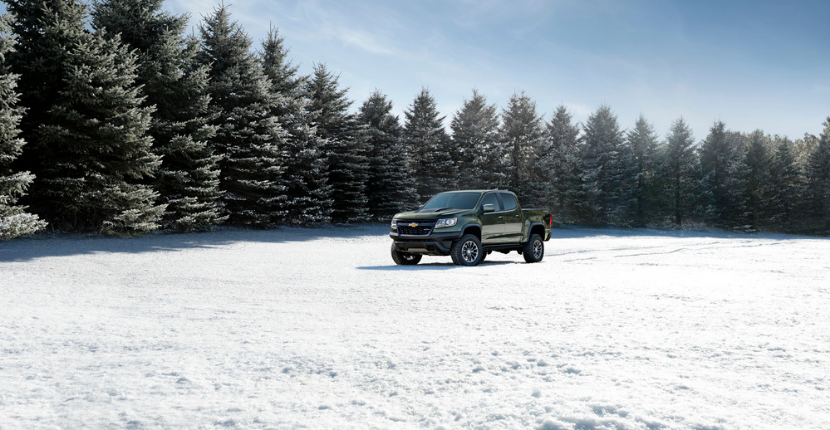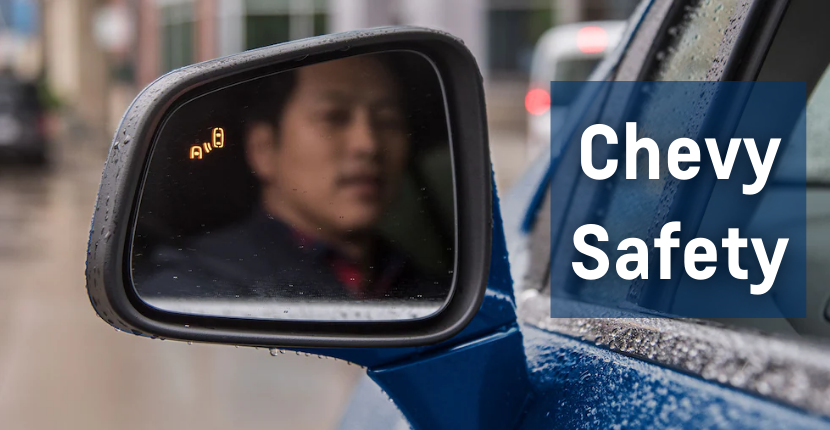What Makes a Car Good in the Snow


Here are some features of a car that make it good for driving in the snow:
Snow Tires
Because they are the only part of your vehicle in contact with the road, your vehicle’s tires are one of the most important parts of your entire car. While four-wheel drive or all-wheel drive allow you to improve on the traction your tires provide, actual studless winter tires are one of the best ways to get traction in the snow, making your vehicle safer in the snow. While most cars are equipped with all-season tires, winter tires provide a better grip on ice, making driving on ice safer.
While some people might presume tire chains can help your vehicle’s performance in the snow, studless winter tires are the much better option. Chains aren’t going to provide more traction than winter tires. Additionally, chains present the possibility of damage to your vehicle’s mechanical components if you don’t have enough clearance between your suspension setup and your vehicle.
Drive Systems
Some vehicle systems are better in the snow than others. While front-wheel drive is better than rear-wheel drive at providing a little more grip, it will not give as much traction as all-wheel drive or four-wheel drive. With all-wheel drive, one of your wheels will spring freely while the other receives no power when you hit the gas on ice. This improves a vehicle’s safety because the wheels with the most grip aren’t receiving power, leaving them to prevent your vehicle from sliding and spinning. However, four-wheel drive effectively doubles your traction by locking the speeds of the front and rear axles together, leaving the wheel with the least traction limited in spinning only as fast as the opposite axle.
Electronic Safety Aids
Anti-Lock Brakes: ABS pulse brake force between locking and unlocking the wheels in incredible quick increments to provide good braking performance while you steer.
Traction Control: Similar to AWS, traction control cuts power to prevent sliding and spinning that may result from the driver applying to much throttle.
Stability Control: By way of the ABS, stability control monitors your wheels to determine if they are about to slide or spin and when sensed, applies calipers to control those slides and spins. As the most important safety feature since the airbag, stability control is actually the technology that produces the results many people credit to AWD.
Weight Distribution, Ground Clearance, and Wheelbase
While tires, driving systems, and safety aids are much more important to your vehicle’s safety in snowy conditions, these three things can impact your car’s ability to perform safely in the snow. For example, pickup trucks are heavier vehicles, meaning they will have more traction than a lighter vehicle in the snow. Additionally, they have longer wheelbases, meaning the vehicle’s center of gravity is larger, which allows for slowing of slides and spins. However, the weight distribution of pickup trucks may be problematic. Because they carry most of their weight on the front wheels, those wheels may have less traction, which can be an issue if the front wheels hit ice first.
Here at Smith Chevrolet in Lowell, we can help you find anything from the best AWD sedans for snow to the best SUVs for icy roads to the best used Chevy vehicle in snow. Visit us today to learn more about and test drive our safest vehicles for driving in wintry conditions!



